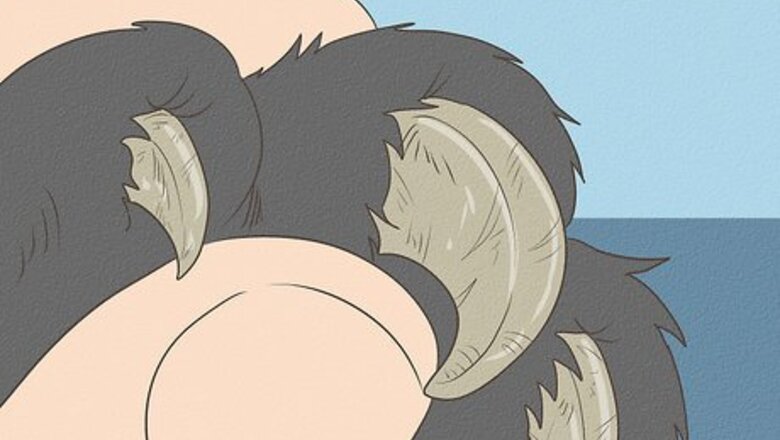
views
Recognizing Symptoms of Deformed Nails
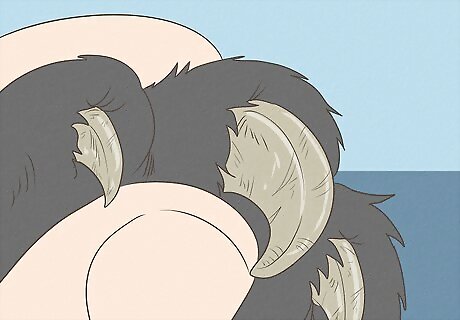
Look for thicker nails. The nails of cats should be thin and sharp, not thick. If your cat’s nails become thicker and harder, this may be a symptom of an underlying health problem. Older cats can develop thicker nails as they age. Thickening of the nails sometimes occurs with an increase in thirst. If this happens, take your cat to the vet.

Notice any trauma to the nail bed. Sometimes, cats may wound their nail bed. This could occur in a fight or if they get it caught on something and tear it. If the nail experiences trauma, the claw may grow in deformed. To spot trauma to the nail, look for missing or broken nails, blood, or pus. You may also check around the nail bed to see if there is any swelling or redness. Your cat may also limp or feel pain if that paw is touched. This happens most often to the dew claw.
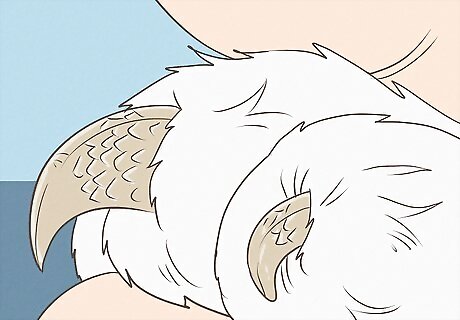
Check for scaly nails. Your cat may develop deformed claws that are infected, rough, and scaly at the base. The nail may also be pitted. This deformity is caused from an infection related to ringworm.
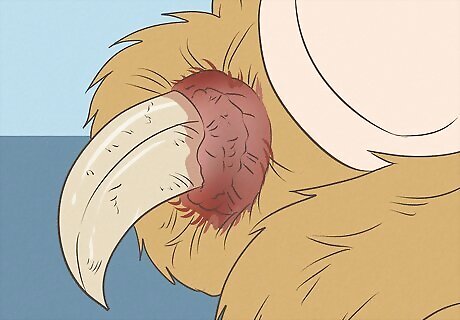
Monitor for ingrown nails. If a cat’s nails aren’t trimmed often enough, they can get so long that they curl and grow into the paw pad. This can be painful and cause nail deformities. This commonly occurs in older or inactive cats.

Look for changes in behavior. If the cat's nails are bothering them, they may not be as active as usual. They may limp as they walk. You may also notice that they are licking their paws more than usual.

Notice any abnormalities. Any abnormality of the claw or deformed nail may indicate a problem. The nail should be white or clear with a pink cuticle underneath. If there is any discoloration, swelling, pus, or foul odors, there may be a problem.
Diagnosing Deformed Nails
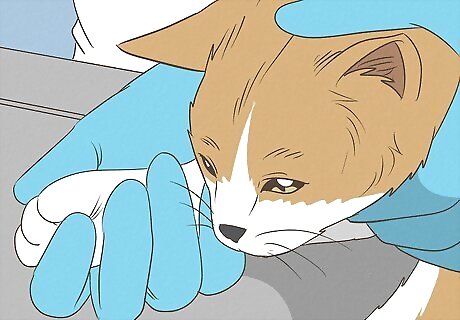
Take your cat to the vet. Getting your vet to do a physical exam on your cat can get the nail checked out so they can properly diagnose the problem. They may ask you for a medical history of your cat and if they are experiencing any other odd symptoms. Don’t hesitate to have your pet’s nails checked out. Anything that looks odd, different, or abnormal could indicate a bigger problem. If you wait too long, the infection may get worse or the cat may lose their nail.
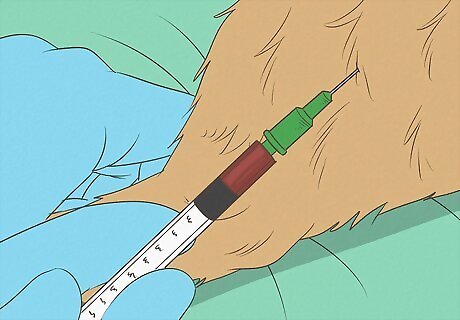
Undergo tests. Depending on what the vet thinks the underlying problem is for the deformed nail, they will probably do tests. For example, if the vet believes the deformity is due to an infection, they will take a bacterial and fungal culture. Your vet may draw a blood sample to test for parasites or infection. If the vet suspects ringworm, they will perform a test where they examine the cat with a special lamp that will indicate ringworm.
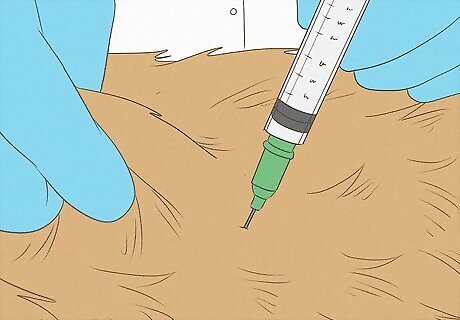
Get a biopsy. For some causes of deformed nails, like autoimmune skin diseases, a biopsy may be needed. The vet will do a skin scrape and analyze it to determine what condition is causing the deformed nails.
Treating Deformed Nails
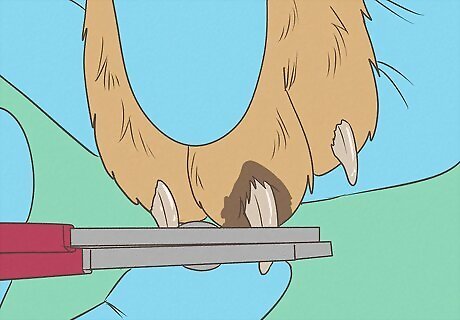
Get the vet to cut the nail. If the deformed nail is an ingrown nail that has been infected, the vet may have to cut or remove the nail. Even just cutting the nail can be very painful for your cat. The vet may have to put them under anesthesia so they do not experience too much pain. If there are other problems with the nail, the vet may cut away part of the nail before treating it in another way. In some cases, your cat may need to be sedated before they can have the nail removed.
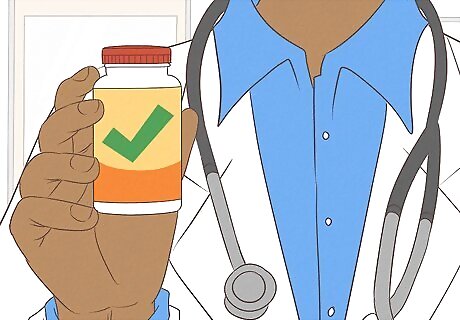
Treat an infection with antibiotics. If the deformed nail is due to an infection or ringworm, your vet will prescribe antibiotics or other medications to treat the infection. If the infection is due to a fungus, antifungals will be prescribed. They may be in the form of an oral tablet, a soak, or a topical ointment. This treatment may last up to three months after a healthy nail has replaced the deformed one.
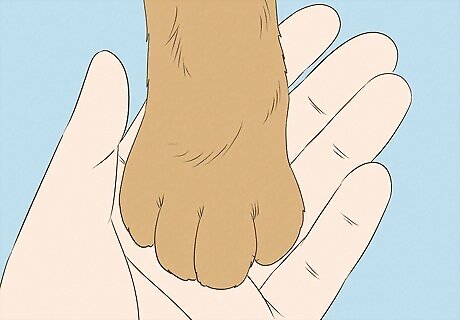
Monitor the nail during recovery. Most reasons for nail deformities are treatable with medication or minor nail surgery. Most cats recover quickly. However, you should still monitor the nail to make sure it heals and doesn't develop any additional problems or get worse.
















Comments
0 comment